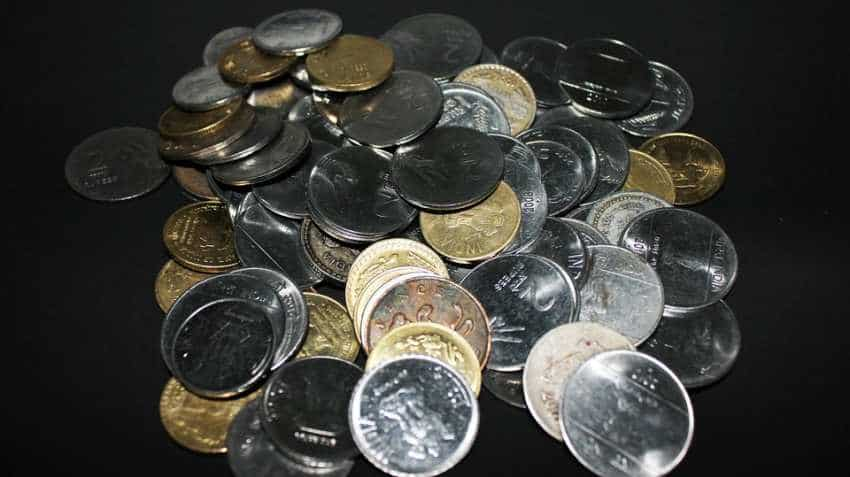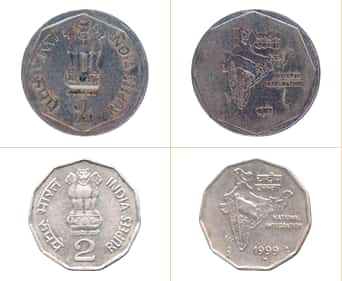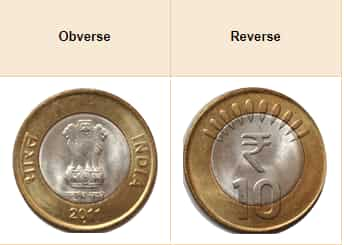New Rs 20 coin is similar to these old coins: Check what they have in common
Rs 20 coin compared to old Rs 2 coin's shape, bimetallic as Rs 10 coin

The Modi government has surely given the Indian currency notes a redo. The coins were also not left behind when it came to the design. On March, the Finance Ministry issued newer versions of the Re 1, Rs 2, Rs 5 and Rs 10. But the showstopper was the new Rs 20 coin. It not only has distinct features that sets it apart from all the other coins but also is polygonal in shape. The coin is a 12-edged polygon or a dodecagon. But this is not the first time that the Indian rupee coins have had a polygonal shape.
Since the Anna series in the 1950's, the Indian coinage has witnessed various forms of polygon shapes. Some of the common shapes that were seen between the 1950's to late 1960's are the square and hexagonal. The eight scalloped was also a common shape used for the 2 paise and 10 paise coins.
The Rs 2 coin released in 1992, was among the first rupee coin to have the polygonal shape. The old version released back then had the Indian map superimposed with the national flag. This coin was eleven sided or a hendecagon. After almost 25 years, the Indian coinage has seen a comeback in such a pattern of coins. The new Rs 20 and the old version of the Rs 2 coin look almost similar when it comes to the polygon shape.

The coin is also comparable when it comes to the metals used to mint it. The Rs 20 coin is bi-metallic just like its Rs 10 sibling. However, the Rs 20 coin has an outer ring made up of 65 per cent copper, 15 per cent zinc and 20 per cent nickel while the inner ring or the centerpiece will have 75 per cent, copper, 20 per cent zinc and five per cent nickel.

Meanwhile, the Rs 10 coin has the same compositions but has an outer ring made up of the components 75% copper, 20% zinc and 0.5% nickel and a combination of 65% of copper, 15% zinc and 20% nickel for its inner piece.
11:03 AM IST






 Indian Rupee today: Currency rises 7 paise to 71.21 against US dollar in early trade
Indian Rupee today: Currency rises 7 paise to 71.21 against US dollar in early trade New Re 1 currency note coming; know your new rupee one note, check out its key features
New Re 1 currency note coming; know your new rupee one note, check out its key features Shopping online? Beware of Discount scams! Fraudsters can steal your money! Don't click on this
Shopping online? Beware of Discount scams! Fraudsters can steal your money! Don't click on this Rupee vs Dollar: US-China trade war and its impact on INR vs USD deviation, here is what experts say
Rupee vs Dollar: US-China trade war and its impact on INR vs USD deviation, here is what experts say Sensex regains losses, jumps 665 pts; Auto to banking stocks, 5 key factors moved your market
Sensex regains losses, jumps 665 pts; Auto to banking stocks, 5 key factors moved your market